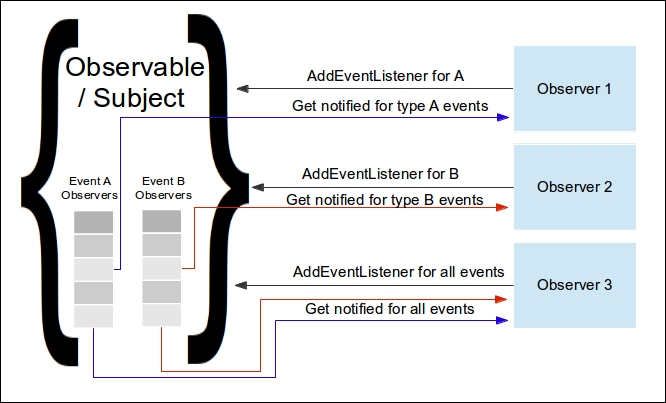The key concept of the Observer Pattern is that there is an object, often referred to as the observable or the subject, whose internal state changes during its lifetime. There are also several other objects, referred as the observers, that want to be notified in the event that the state of the observable/subject changes, in order to execute some operations.
The observers may need to be notified about any kind of state change of the observable or only specific types of changes. In the most common implementation, the observable maintains a list with its observers and notifies them when an appropriate state change occurs. In case a state change occurs to the observable, it iterates through the list of observers that are interested for that type of state change and executes a specific method that they have defined.

According to the definition of the Observer Pattern and the reference implementation in Computer Science books, the observers are described as objects...



